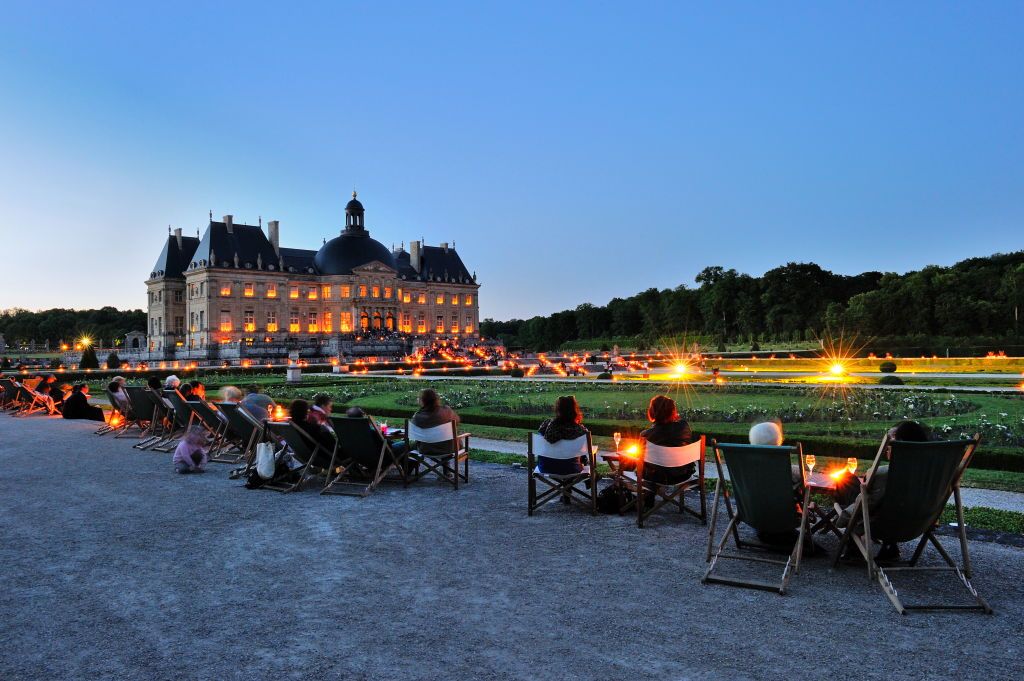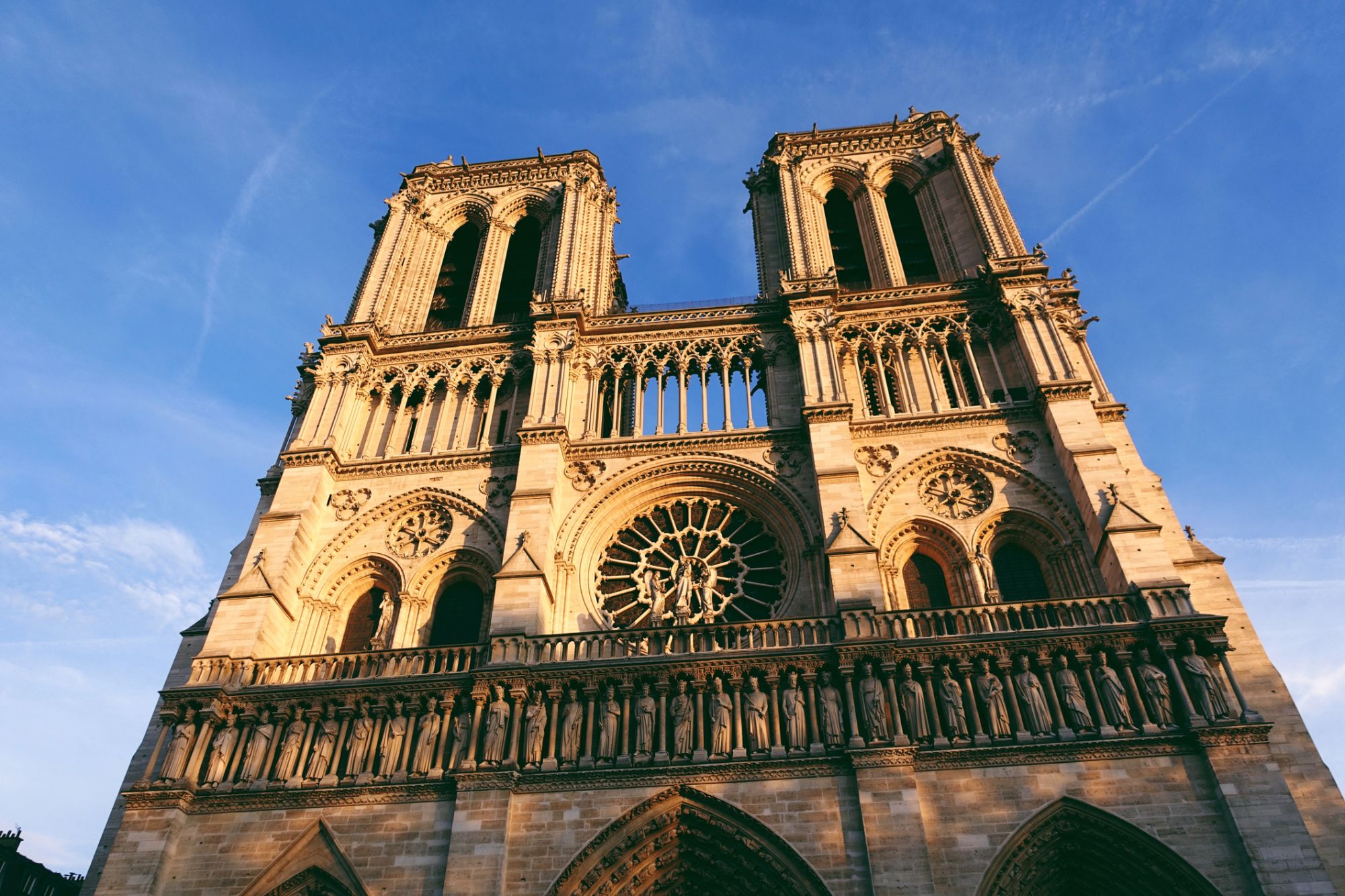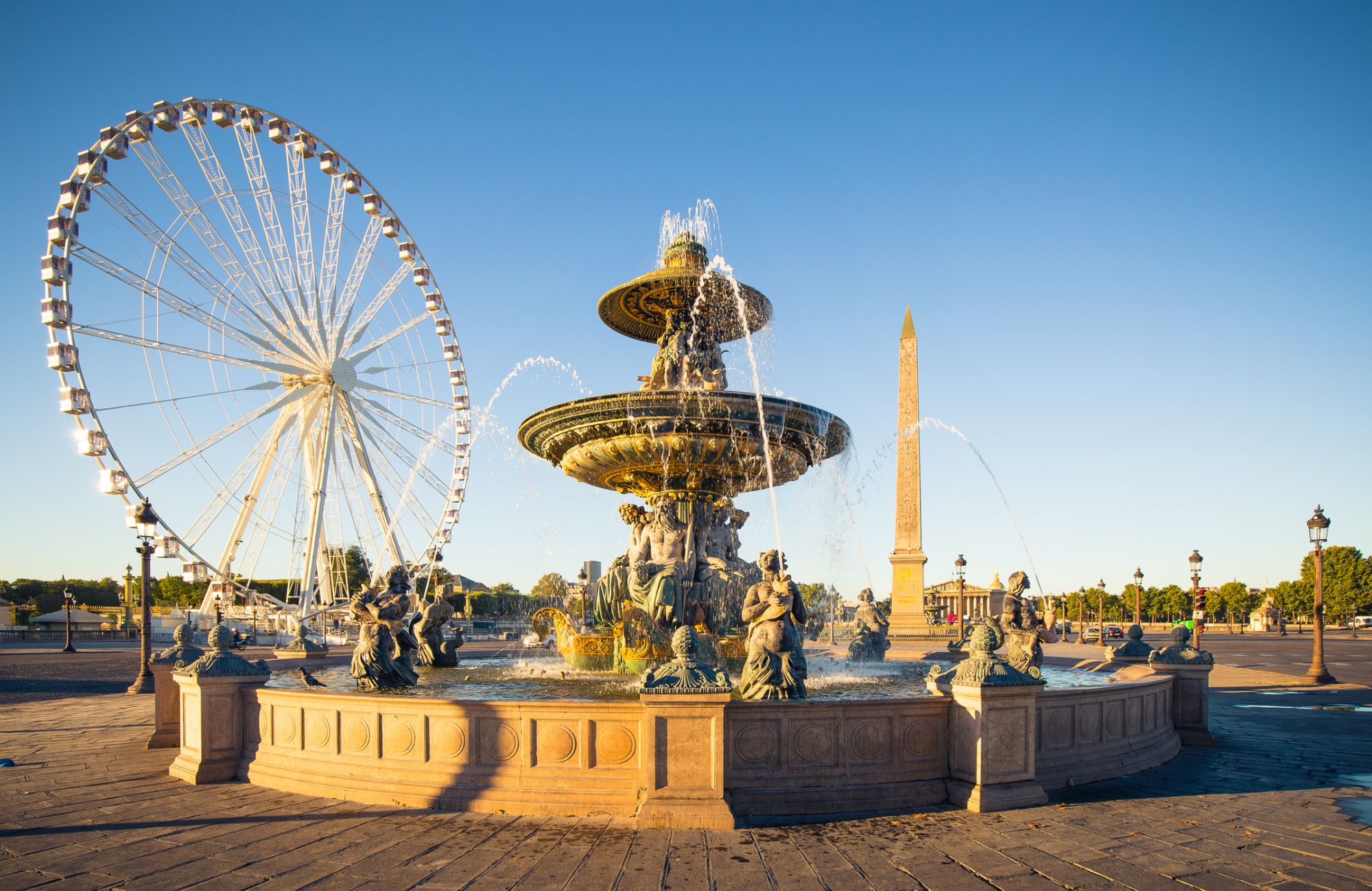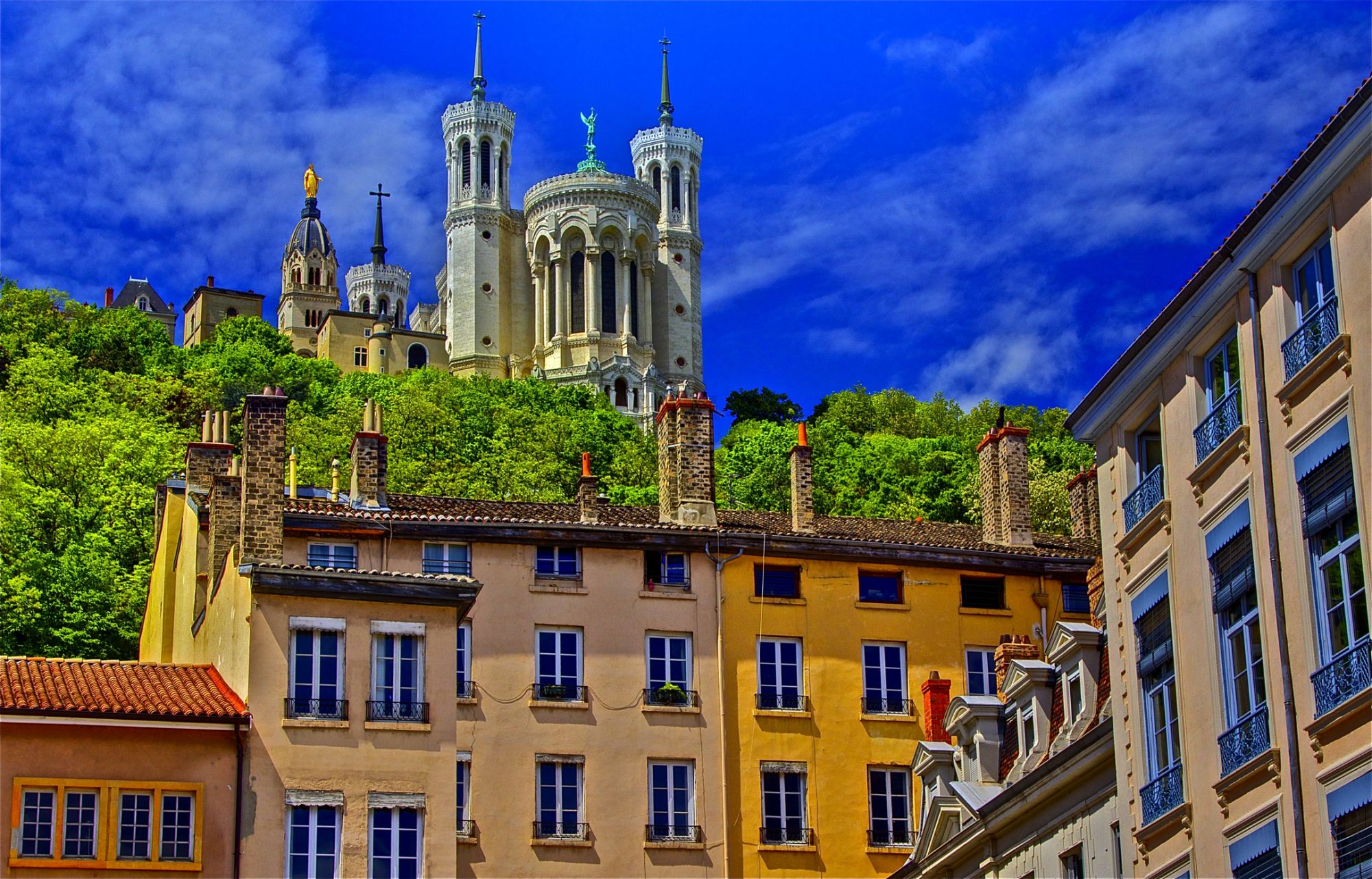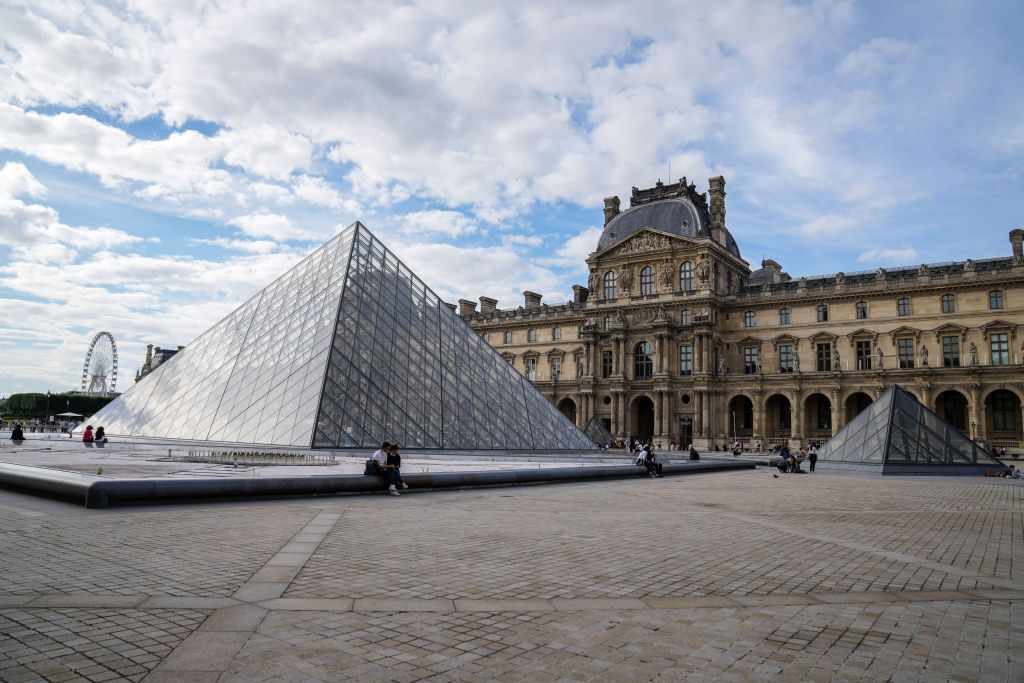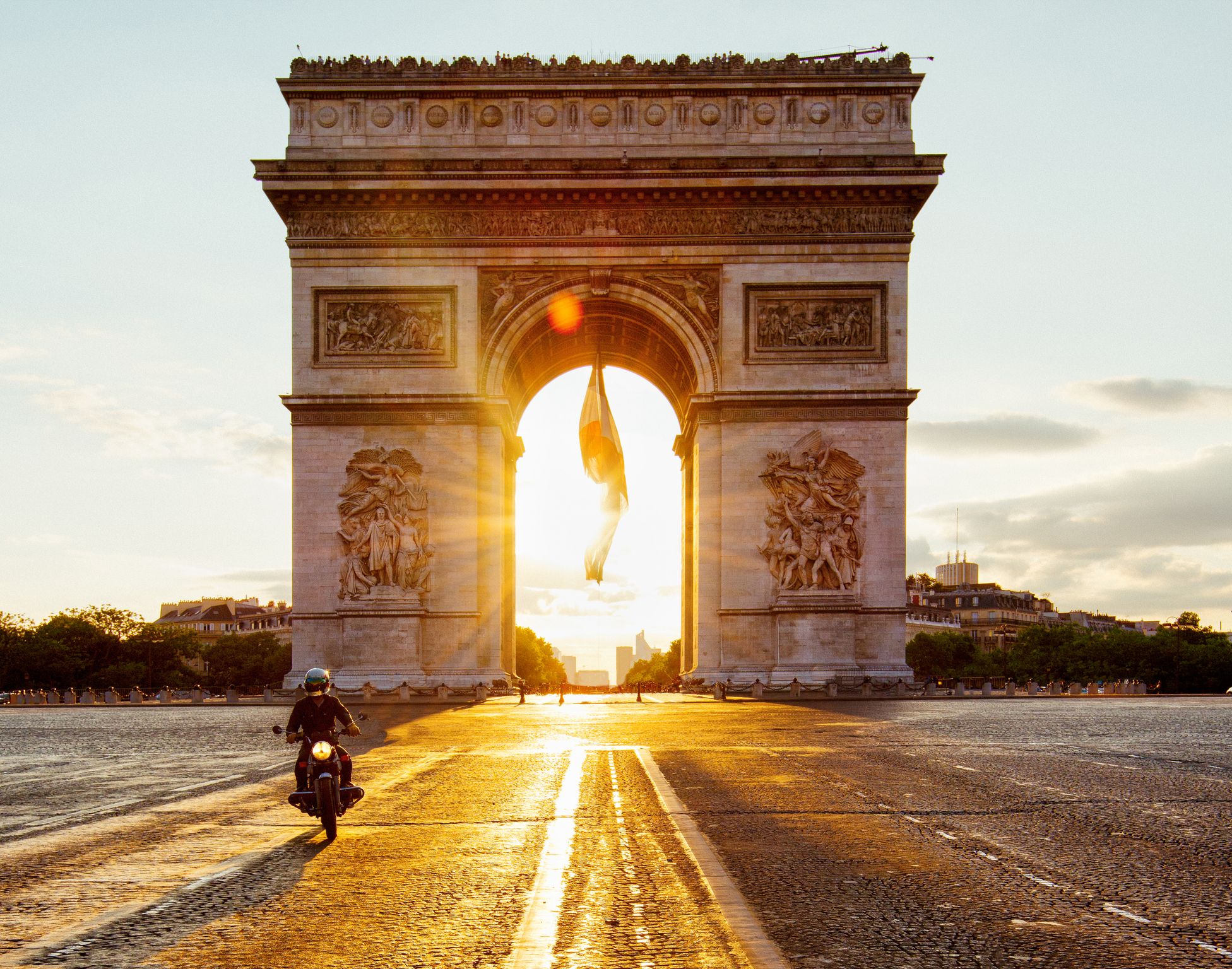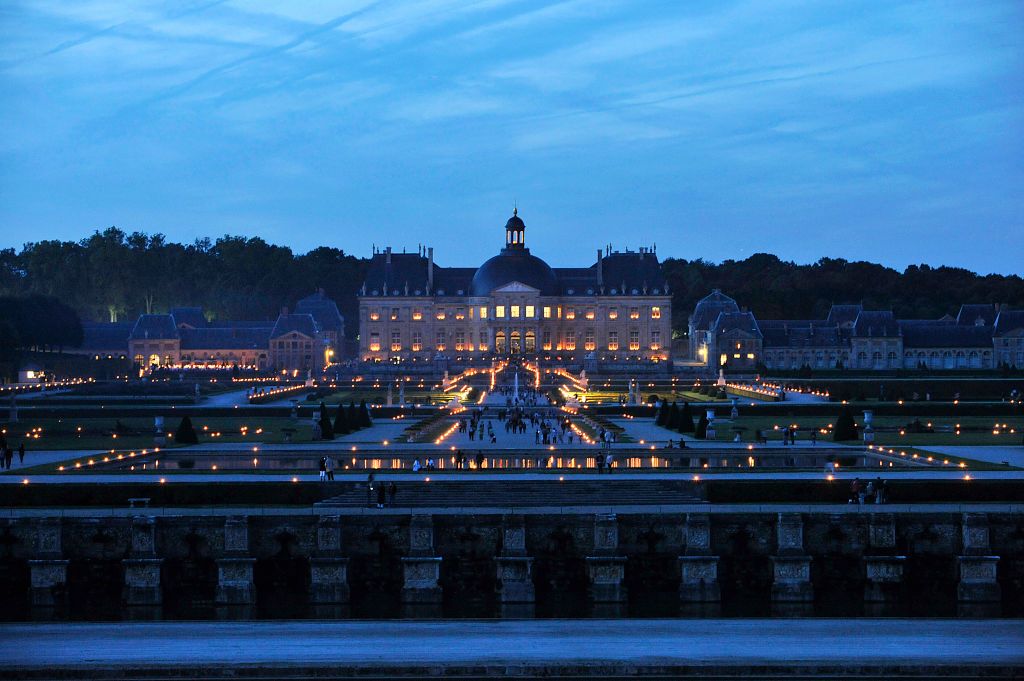From the Eiffel Tower to the Louvre Museum, rediscover these 10 must-see architectural landmarks in France
France is perhaps the most sought-after destination by tourists interested in Western architecture during the Baroque, Romanesque, and Gothic periods. Having iconic landmarks—from palaces and gardens to towering skyscrapers—this country at the heart of Europe boasts architectural marvels that we still see today in their full glory. Browse through our gallery for a visual feast:
